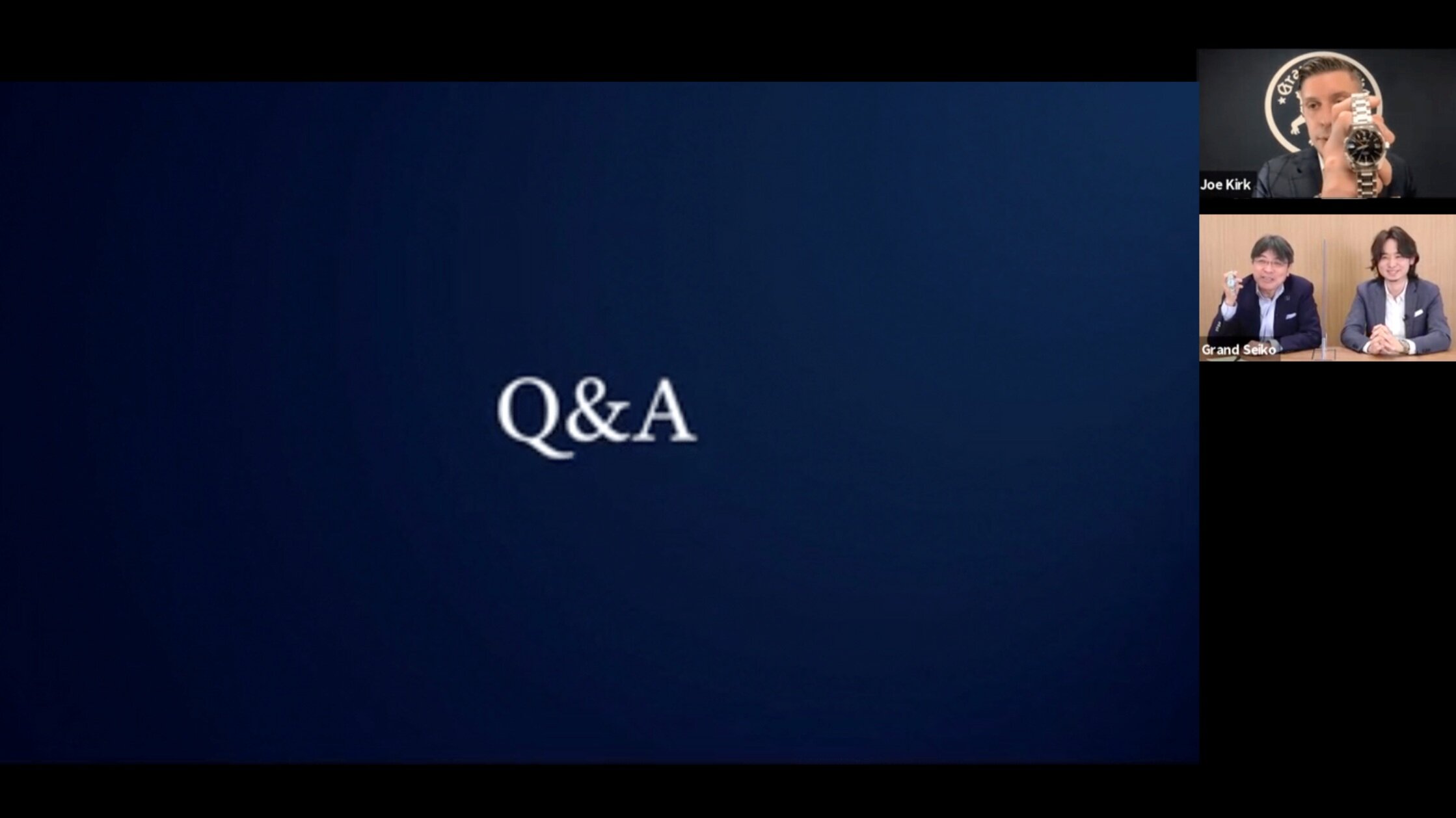New York City - January 19, 2021
The Horological Society of New York (HSNY) welcomes today three new members to its Board of Trustees. Eric Ku, William (Bill) Buchalter, and Briana Le round out the 2021 decision-making branch of the Society as Karen Ripley and Kiran Shekar fulfill their five-year term limits.
Eric Ku is an internationally recognized expert in vintage and contemporary watches. In 2005, he launched the website 10 Past Ten, specializing in the sale of fine and rare vintage Rolex watches. His interest in the scholarship of vintage Rolex led him to acquire the Vintage Rolex Forum in 2013. Vintage Rolex Forum has been the epicenter of scholarly discussion about all topics relating to vintage Rolex since its inception in 1999. In 2016, he co-founded Los Angeles Watchworks, a business specializing in the service and restoration of vintage and modern timepieces. Ku’s newest venture is Loupe This, a watch auction platform that is launching in early 2021. A member of the GPHG Academy, Ku has served on the jury twice, where he and fellow jurors have been responsible for recognizing achievements and innovation in watchmaking. Ku completed his undergraduate studies at the University of California, Berkeley and has resided in the San Francisco Bay Area since 1997.
William (Bill) Buchalter is an entrepreneur and watch collector. His business background includes 20 years in the securities business from which he retired in the early 2000s. At that time, he was responsible for implementing firm strategy in the western United States covering more than $120 billion in client assets and creating the Private Wealth Management business of Prudential Securities.
Retirement wasn’t particularly enjoyable, so he started Capital Growth Properties which later merged with The Buchalter Companies - his family’s real estate development company - to create Capital Growth Buchalter, which he owns and operates today with one of his brothers. He invests in a wide range of ventures including areas such as Banking, FinTech, Biotech, Oil and Gas and Distilled Spirits. He and his wife have a number of philanthropic interests, most of which have a strong affiliation with education, mentorship, and medical research.
Buchalter has collected watches for 30 years and is a lifetime student of horology. His collection includes a variety of makers and themes. Through being part of the collecting community, Buchalter joined HSNY and is looking forward to helping the Society further develop its place in horological history. He and his wife have five children, four grandchildren, and two golden retrievers named Lucy and Ethel. In addition to horology, Buchalter is an avid golfer, amateur writer, and college football fan.
Briana Le graduated with an honors degree in Marketing Management and Finance from California State University. She previously worked in the field of marketing in various multifaceted industries such as Safeway Inc., Topcon Corporation, and Z-Line Design Inc. After 12 years in the corporate world, she left the desk life behind to pursue her dream of becoming a watchmaker.
After studying for 3,000 hours, Le graduated from a Watchmakers of Switzerland Training and Educational Program (WOSTEP) partnership school and has since become a Freeman of the Worshipful Company of Clockmakers. She is a practicing watchmaker in the San Francisco Bay Area and apprenticing with the noted horologist David Walter of Santa Barbara. Le is currently working under Walter’s guidance to make a watchmaker’s regulator clock and complete her first wristwatch.
She has been teaching watchmaking classes for HSNY since 2016 alongside Vincent Robert, founder of Etablee and HSNY Director of Traveling Education. Over the past four years, Le has worked closely with the HSNY team to bring watchmaking education to new audiences in Seattle, San Francisco, Texas, the Massachusetts Institute of Technology (MIT) and Google.


























